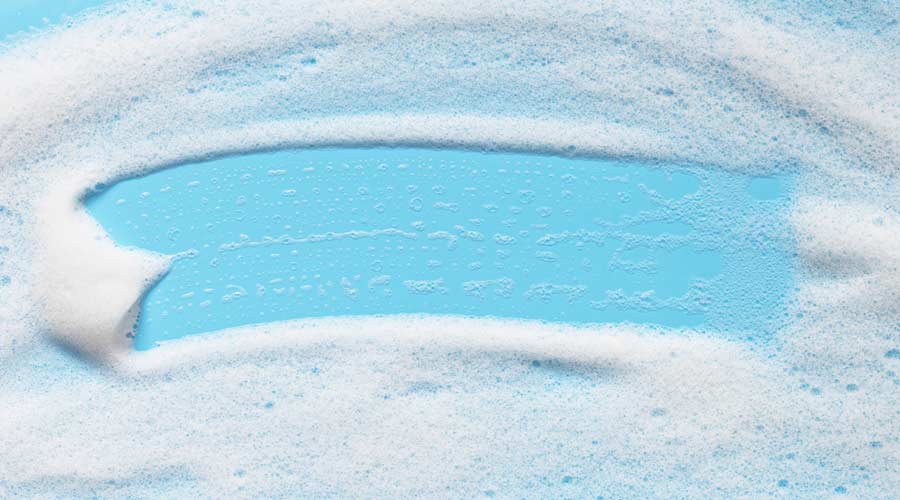
The Leapfrog Group, an independent nonprofit focused on patient safety, released its fall 2024 Hospital Safety Grade, evaluating nearly 3,000 hospitals on their ability to prevent medical errors, accidents and infections. The Hospital Safety Grade uses up to 30 performance measures to assign an “A, “B,” “C,” “D” or “F” to individual hospitals and uses a public, peer-reviewed methodology, calculated by top patient safety experts under the guidance of a National Expert Panel.
It is transparent and free to the public. Leapfrog analysts use the data to observe national performance trends and state rankings. For fall 2024, Utah ranks number one with the highest percentage of “A” hospitals for the third cycle in a row, followed by Virginia and Connecticut in second and third. The latest Grades also show hospitals are making progress in patient safety across several performance measures including notable improvements in healthcare associated infections, hand hygiene and medication safety. "Preventable deaths and harm in hospitals have been a major policy concern for decades.
So, it is good news that Leapfrog’s latest Safety Grades reveal that hospitals across the country are making notable gains in patient safety, saving countless lives," stated Leah Binder, president and CEO of The Leapfrog Group. “Next, we need hospitals to accelerate this progress — because no one should have to die from a preventable error in a hospital.”
Since Leapfrog reported Hospital Safety Grades in fall 2022, when HAI rates were at their highest peak since 2016, average HAI scores have declined dramatically:
• Central line-associated bloodstream infections (CLABSI) decreased by 38 percent
• Catheter-associated urinary tract infections (CAUTI) decreased by 36 percent
• Methicillin-resistant Staphylococcus aureus (MRSA) decreased by 34 percent
Hand Hygiene: As Leapfrog detailed in its 2024 Hand Hygiene Report, since Leapfrog began public reporting a tough new standard for hand hygiene in 2020, the percentage of hospitals achieving the standard has soared from 11 percent to 78 percent.
Medication Safety: Medication errors are the most common type of error that occur in hospitals and the new Hospital Safety Grade suggests improvements in how hospitals prevent them. Two of the measures in the Leapfrog Hospital Safety Grade show this progress: Computerized Prescriber Order Entry (CPOE): Leapfrog tracks how well hospitals use CPOE systems to catch common errors in prescribing, such as prescribing the wrong dose or prescribing a medication with a dangerous interaction with other medications the patient takes. Studies have shown CPOE systems can reduce harm from prescriber errors by as much as 55 percent. In 2018, only 65.6 percent of hospitals met Leapfrog’s Standard, while this year, that number rose to 88.1 percent.
Read the entire report here.

 Celebrating BSCAI's 60th Anniversary eBook
Celebrating BSCAI's 60th Anniversary eBook The Down and Dirty on Cleaning in Virus Season
The Down and Dirty on Cleaning in Virus Season How Surfactant Use is Expanding in Commercial Cleaning
How Surfactant Use is Expanding in Commercial Cleaning